

Discover more from Weapons and Strategy
On January 8 Ukraine was hit by the second massive missile and drone attack in ten days. The Russians struck at locations in many Ukrainian cities including Kiev, Odesa, Kharkiv and L’viv —altogether 10 Ukrainian cities.
The Russian attacks used a variety of air launched hypersonic and cruise missiles and Geran-2 drones. From all accounts, the Russians successfully destroyed a number of munitions and armaments factories, command centers and airfields.
Reports from Ukraine, Russia and Poland say the January 8 strike that Ukraine was only able to knock out 18 of the 51 missiles and drones launched by the Russians.
Reports say Ukraine says it was not able to shoot down any of the Kinzhal hypersonic missiles, none of Russia's Iskander-M ballistic missiles, none of the Kh-22 (anti-ship) liquid fueled missiles, and only some of the Kh-101 air launched cruise missiles. Ukraine also says it shot down all of the Russian version of Shahed-136 suicide drones, Geran-2, but claims only eight of them were launched by the Russians. In fact a large number of drones were used.
The United States and its NATO allies (and two who were not part of NATO at the time, namely Sweden and Finland) have been supplying various types of air defense systems to Ukraine. The US supplied the Patriot air defense system, most likely the Pac-2 version, although it also supplied Pac-3 interceptor missiles; Norway, in partnership with the US, supplied its NASAMS air defense system. The European consortia supplied IRIS-T, Italy sent its Aspide, France and Italy, SAMP-T, and the Germans supplied their twin-barrel radar driven Flakpanzer Gepard. Sweden also provided Bofors air defense guns. In addition, the US supplied its best MANPADS shoulder fired anti-aircraft system, the FIM-92 Stinger and the Ukrainians also had Russian Igla MANPADS, at least in the early days of the war.
In addition to NATO and western supplied air defense systems, Ukraine has installed the Russian S-300S and BUK-1M air defense systems around Kiev.
The NATO contributions constitute a fairly robust air defense capability, although the various systems are not integrated, and many are widely spaced out around the country. There isn't any solid information of how many of the NATO-supplied systems are still operational after Russian attacks on them. A detailed account of the recent Russian attacks, and the equipment and weapons that were used, is found in the Polish weekly, Polish Thought (Mysl Polska).
Regarding the Patriot in Ukraine, the US has supplied, according to Mysl Polska, the following interceptor missiles to Ukraine:
PAC-2 in GEM (Guidance Enhanced Missile) version
PAC-2 in the GEM-Cruise version (GEM-C)
PAC-2 in the GEM-Tactical version (GEM-T)
PAC-3 in the "economic" version of the Cost Reduction Initiative (CRI)
All these interceptors are designed to be able to knock out tactical ballistic missiles and cruise missiles.
Presuming these missiles work as advertised, why were they unable to shoot down Russian Kinzhal hypersonic missiles, Russian supersonic missiles (Kh-22, Islander-M, Kh-31P ) and only two thirds of the Kh-101 air launched subsonic cruise missiles fired by the Russians?
The answer could include any of the following possibilities (none of which are mutually exclusive):
1. Ukraine ran out of ammunition for Patriot, IRIS-T, SAMP-T and NASAMS
2. Russia destroyed critical air defense assets around key locations, especially Kiev
3. Russia jammed Patriot and other radars
4. Ukrainian systems were saturated and were unavailable when the heavier missile strikes hit
Ukraine is now saying that they shot down every Russian missile and drone and the story about Russia's success in these raids is fake news from Russia.
What is certain, beyond the damage Russia caused to Ukraine, is Ukraine is desperately in need of new air defense systems and missiles for them and is asking the US and NATO for them urgently.
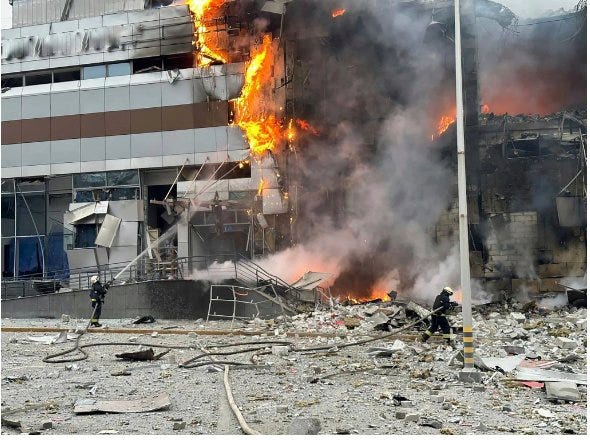
The Norwegians last November promised some new NASAMS systems, implying that the previously delivered NASAMS have been damaged or destroyed, or more are needed for good coverage. NASAMS is a short range system designed for point coverage.
The Norwegian pledge came before the late December and January air raids. Norway says the delivery timetable will be short. Unfortunately, NASAMS is not an answer for ballistic missiles. NASAMS uses the US AMRAAM (advanced medium range) air-to-air missile. Fired from a ground launch tube, AMRAAM is good against aircraft, drones, and some cruise missiles, but it is too slow to effectively intercept ballistic missiles. It is also expensive, pricing in at around $1 million per missile.
Meanwhile the Pentagon has warned Ukraine it won't be able to keep supplying Patriot interceptor missiles "because of their high cost" of around $2 million each (up to $4 million for the advanced versions). However, it is less a problem of cost than of supply, and the risk of what happens if most Patriot missiles go to Ukraine.
The US and the allies are facing difficult choices in the days ahead. Stripping bare reserves of weapons leaves NATO vulnerable to attack. It leaves other American friends and clients, for example the UAE and Saudi Arabia, with insufficient resources if war breaks out with Iran. It also threatens US expeditionary forces in many different theaters, including the protection of US bases in the Asia-Pacific theater.
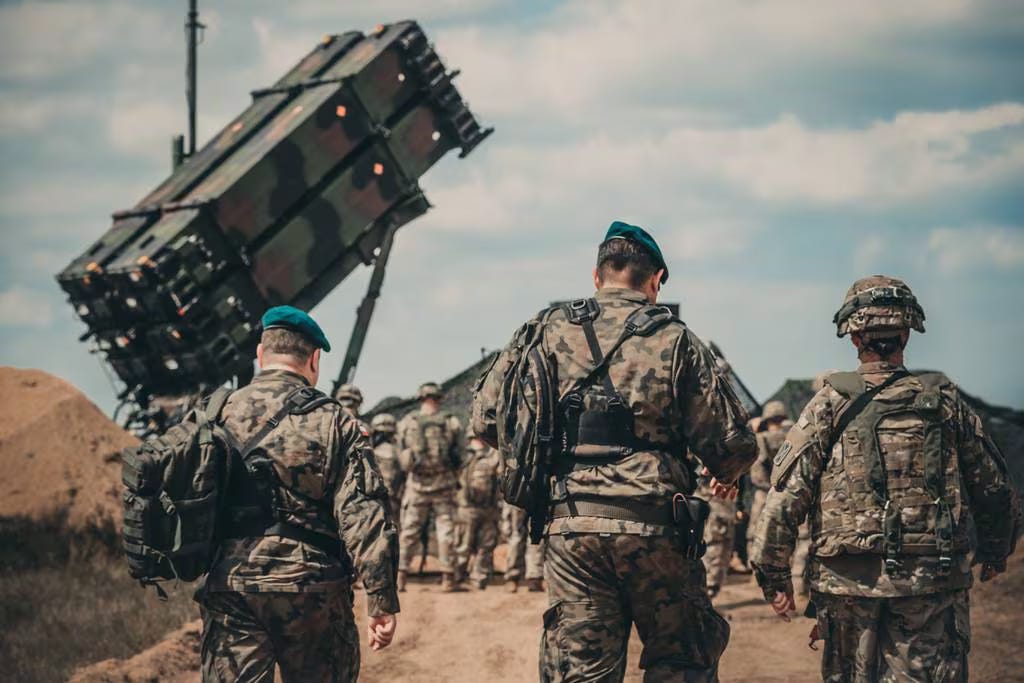
Japan has been asked by the United States to supply home-manufactured Patriot missiles to Ukraine, which is indicative of how tight US supplies are. Japan has changed its export laws to permit the delivery of Patriot missiles, but it has specified it will only deliver them to the United States and it has not yet agreed for the US to send them to Ukraine.
The Russians have three objectives in their air raids. The first is to knock out Ukraine's air defenses, making defense of Ukrainian cities and vital military installations very difficult. The second is to attack both the civilian and military-related industrial infrastructure. This includes destroying power plants and power transmission systems, and knocking out factories that either produce, modify or repair weapons. The third objective is to turn the public, especially the elites, against the war. While Ukraine works tirelessly to suppress information about Russia's air attacks, the word quickly gets around anyway.
Meanwhile Ukraine has an army manpower problem and wants to conscript 500,000 new troops. Conscription on this level will fracture the Ukrainian consensus, which already is teetering. The Ukrainian parliament is struggling with implementing legislation, mostly because of growing opposition to the recruitment idea. From a social and political point of view, the handwriting is on the wall for the current Ukrainian government. When Zelensky's presidential term expires in March, he will either have to try and continue to rule as an unelected (potentially illegitimate) leader, run for a new term, or resign.




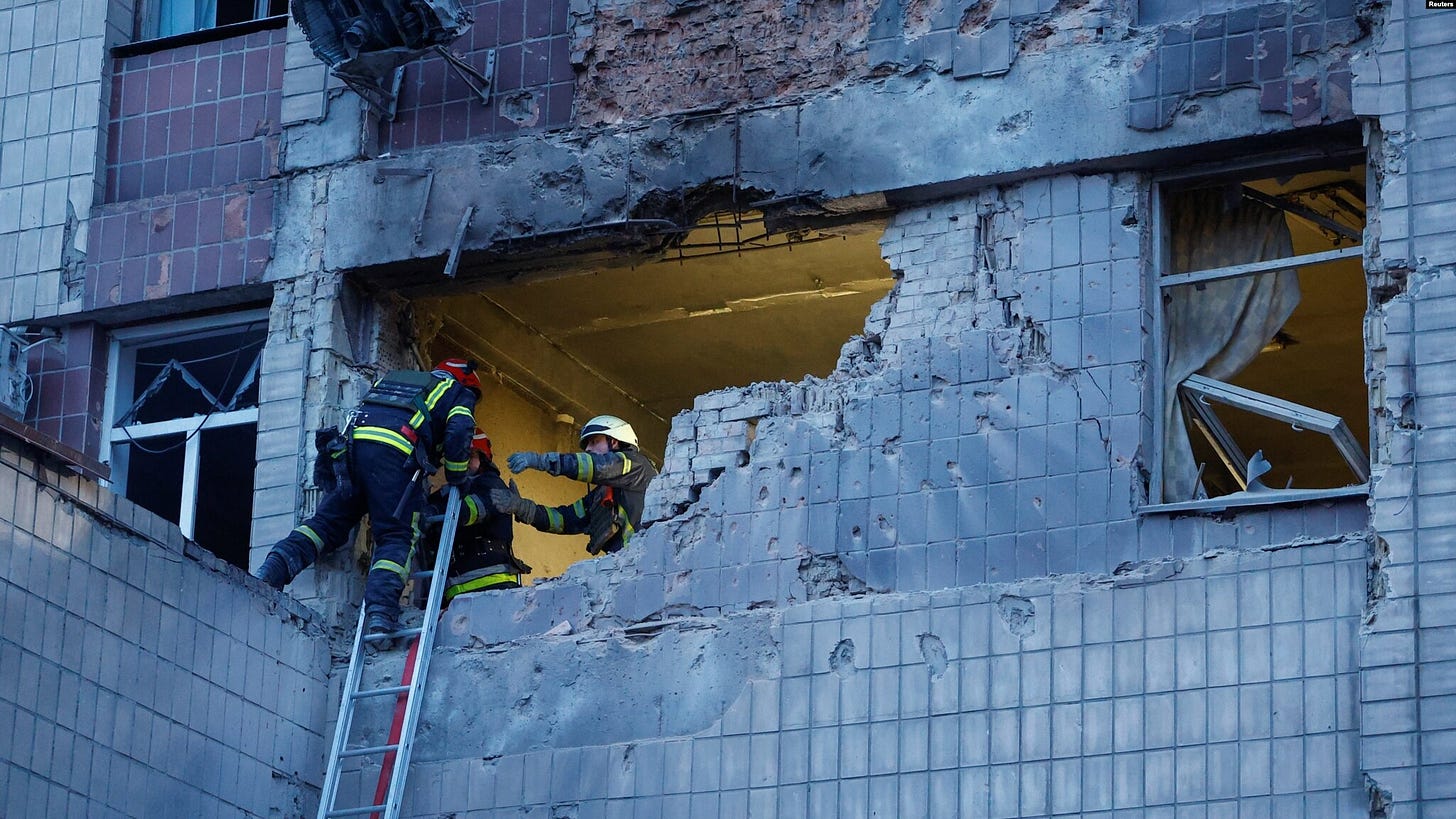
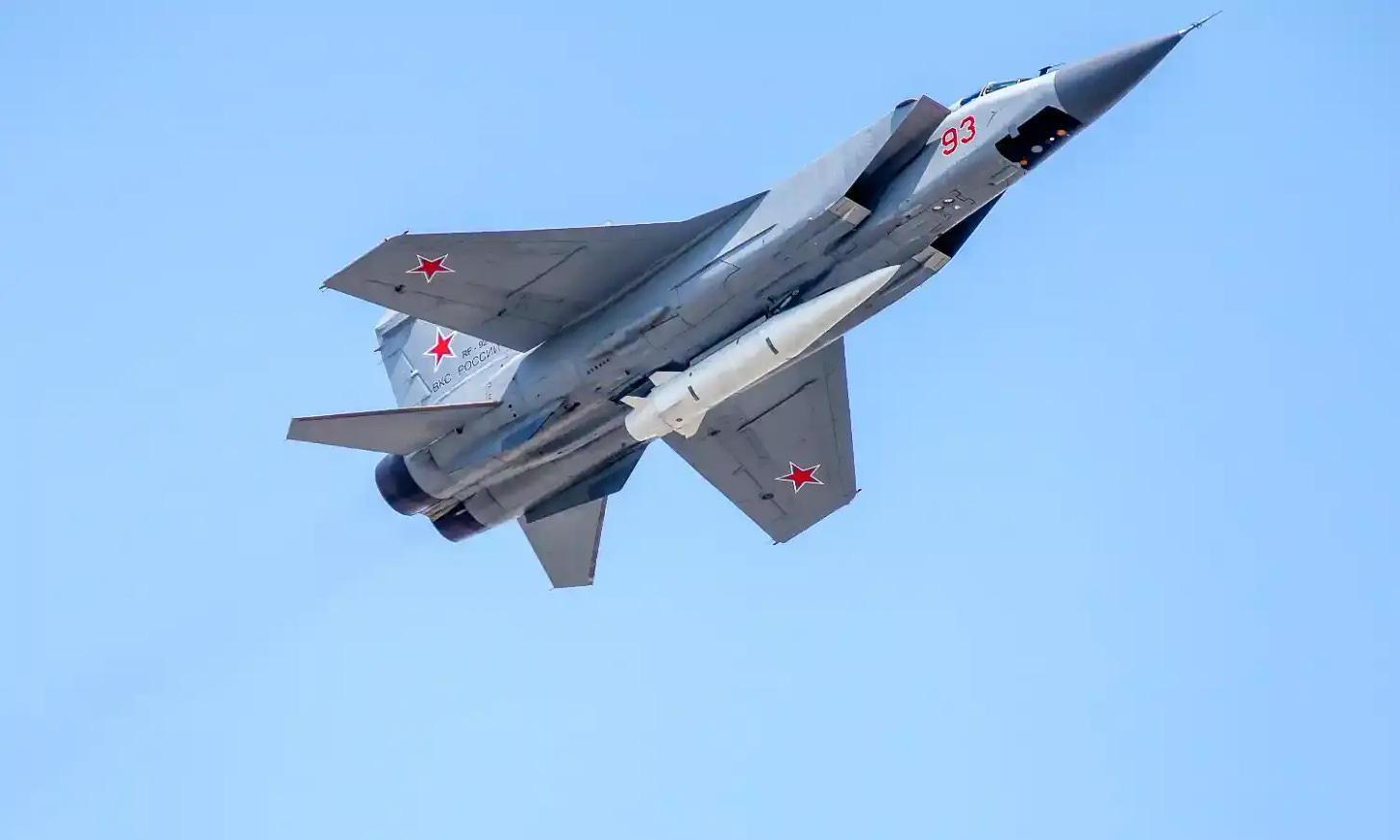
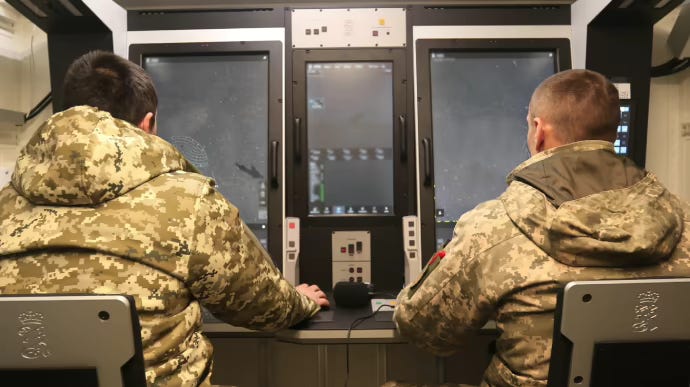





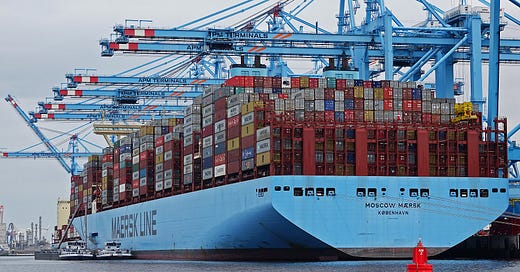

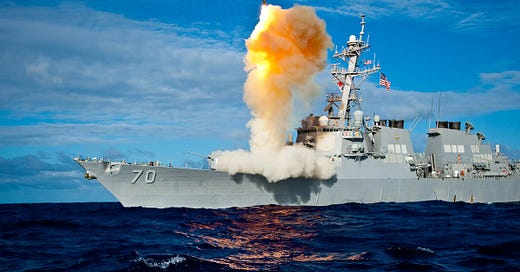



I don't understand Zelensky and the West.
When the war broke out everyone was in shock, even the Russians. However, the Western leaders decided to punish Russia as a whole and put sanction in place with the words "We will bring the Russian economy to its knees", which made most Russians support the government.
The came the senseless Ukrainian offensive against well prepared Russians.
Well and now, it's basically game over but Zelensky needs 500k more men, who will be killed just as easily as the others.
What for? Please explain to me what Ukraine is fighting for? The entire country will be in ruins and there will be no men left. If this is what freedom looks like I call BS on it.
5. There is no western air defense system that can shoot down Russia’s hypersonic missiles